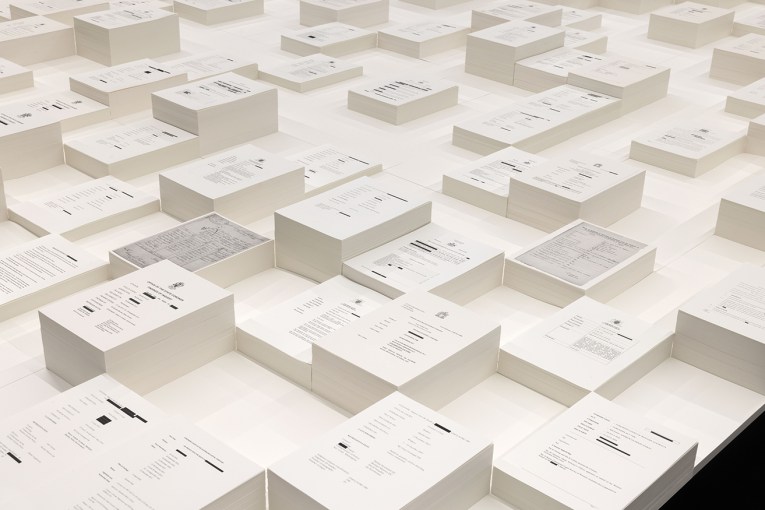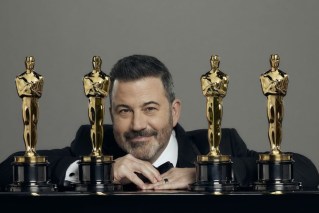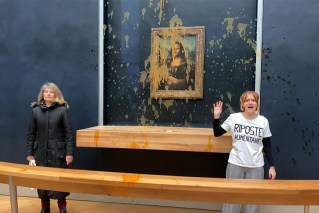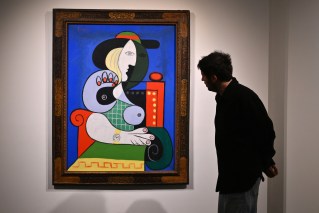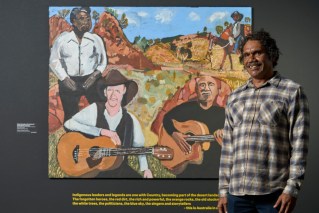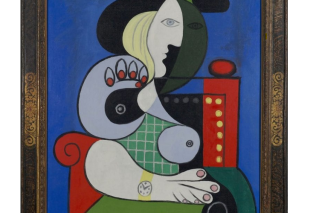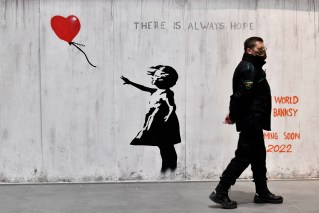Archies exhibition celebrates a century
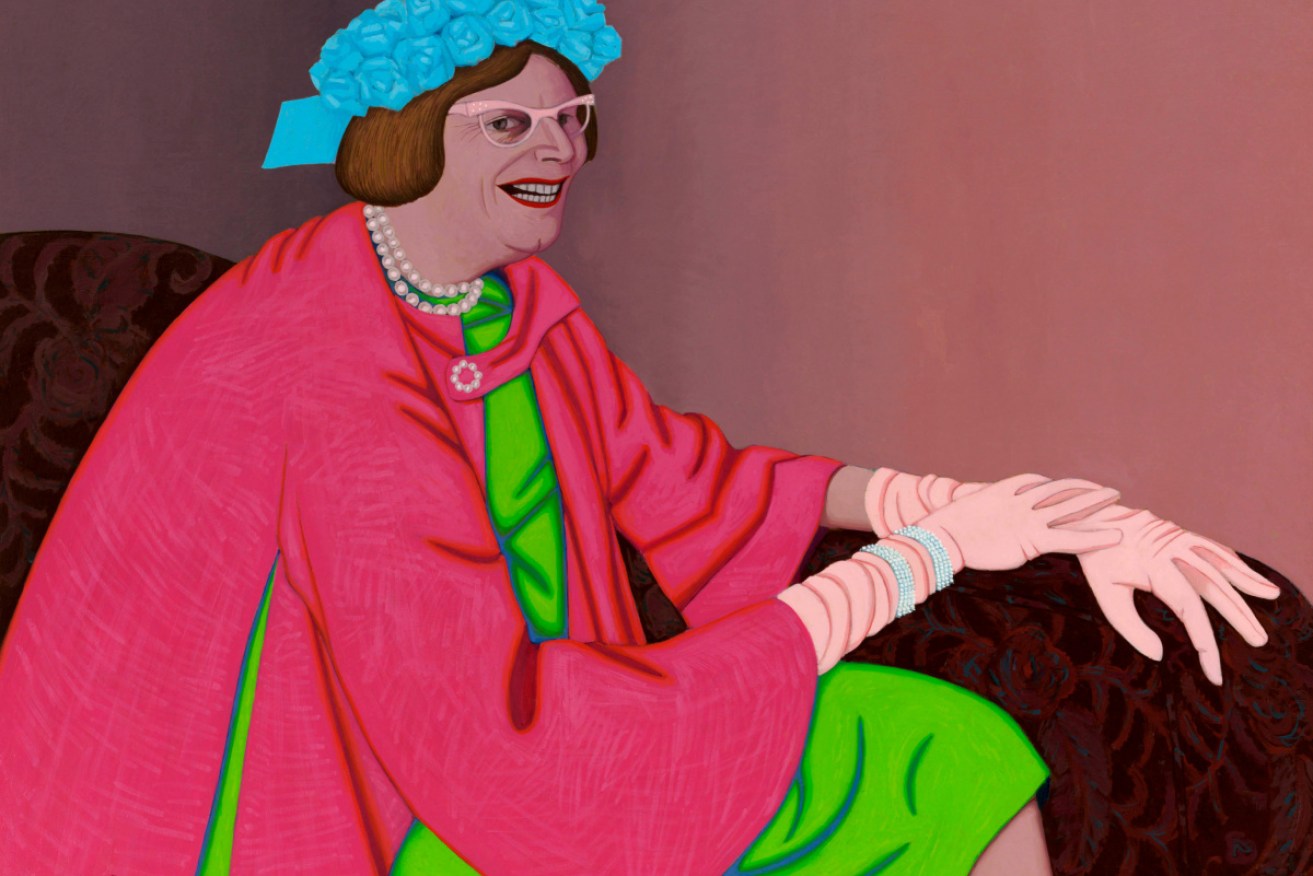
Barry Humphries has sat for the Archibald as himself, Sir Les Petterson and, of course, Dame Edna. Photo: AAP
William Dobell’s notorious Mr Joshua Smith. Eight-time winner William Dargie’s first-time Indigenous success. Brett Whiteley’s twin triumphs. Barry Humphries as both himself and, of course, the irreverent dame.
Australia’s oldest and most famous portraiture prize is celebrating a landmark birthday and flaunting its glory all at once with a major new exhibition, Archie 100: A Century of the Archibald Prize.
Presented alongside this year’s edition of the award and 2021 Wynne and Sulman prizes, the display represents years of research into more than 6000 works showcased in the Archies since 1921.
A national appeal was launched to help locate portraits not sighted since they were shown, while others which will feature in the exhibition have been sourced from institutions across Australia and New Zealand as well as private local and international collections.
Since 2017, curator Natalie Wilson has led “a treasure hunt”, scouring galleries, libraries, churches, schools, basements, attics, garages and the like for lost works.
In one memorable find, her team turned up a much-valued oil-on-canvass of noted early-century pediatrician Vera Scantlebury Brown by the daughter-in-law of impressionist Frederick McCubbin, Winifred McCubbin, in Melbourne University’s medical history museum.
Each of the portraits chosen for Archie 100 offers “an exciting glimpse into a specific moment in time”, Wilson says.
There are 103 in total: two of Bulletin editor and prize founder J.F. Archibald, one of the inaugural winner, 19th century architect Harold Desbrowe-Annear by W. B. McInnes, and Wilson’s chosen 100.
“Together, these works uncover changes in society in engaging ways, enabling people to experience how artistic styles and approaches to portraiture have changed over time,” she says.
“Visitors can expect to see and discover stories of renowned portraits of identities from the past century, magnificent portraits of intriguing characters whose names have today been forgotten, and works that have not been seen in public since first being exhibited in the Archibald Prize.”
Almost but not quite 10 paintings have been sourced from each decade the exhibition covers, yet they are presented thematically rather than chronologically and go far beyond simply who the winners were.
Artists from across Australia are represented, not just those who lived and worked in Sydney or Melbourne.
Retelling the story of female artists, only 12 of whom have won the Archibald Prize, was also central to Wilson’s desire for inclusiveness, as was highlighting those whose works are reflective of Indigenous Australia.
The latter include Dargie’s Portrait of Albert Namatjira (1956) and last year’s winner by the sitter’s great-grandson, Vincent Namatjira featuring himself and maligned AFL star Adam Goodes.
Archie 100: A Century of the Archibald Prize will be on display from June 5 to September 26 at the Art Gallery of NSW and then tour eight venues across Australia from November.
Coinciding with the centenary exhibition, Finding the Archibald, a three-part TV series following Wilson’s curatorial journey and also featuring art lover Rachel Griffiths, premieres on ABC in June.
A HUNDRED YEARS OF THE ARCHIBALD PRIZE
CONTROVERSIES
* William Dobell was pilloried in 1943, with claims his winning modernist portrait of fellow artist Joshua Smith was actually a caricature. The ensuing Supreme Court challenge was said to have placed “art on trial”.
* John Bloomfield’s painting of film director Timothy Burstall (1975) was disqualified amid allegations it was based on a photo. Bloomfield sued unsuccessfully, with the prize instead going to Sydney artist Kevin Connor.
* David Gulpilil by Craig Ruddy (2004) won both the main prize and People’s Choice Award but was also the centre of a dismissed Supreme Court challenge claiming it was a charcoal sketch and not a painting.
* One of the Archies’ earliest contentions stemmed from disgruntled former winner Max Meldrum’s critcism of Nora Heysen’s 1938 prize, saying he believed it impossible for women to become great painters.
* Adam Cullen’s 2000 winner, of actor David Wenham, became the centre of drama when used in an ABC advert.
HIGHLIGHTS
* William Dargie’s eighth and final winnning entry, of fellow artist Albert Namatjira (1956), was the first of an Indigenous Australian.
* Namatjira’s great grandson, Vincent Namatjira, became the first Indigenous artist to win the Archibald for Stand (2020) strong for who you are, featuring himself and AFL player Adam Goodes.
* Heysen’s 1938 entry, Mme Elink Schuurman, was the first of 12 painted by women to win the Archie.
* In 1978 Brett Whiteley won the Archibald, Wynne and Sulman Prizes in the same year, the only time this has been achieved.
* Much-loved artist Margaret Olley twice sat for an Archibald winner: Dobell (1948) and Ben Quilty (2011).
-AAP
